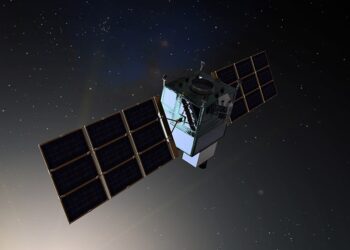Navy conducts successful cross-banding demonstration
Operators able to connect MUOS with legacy UHF satellites
The U.S. Navy has successfully connected its older communications satellites with its newer constellation, ensuring interoperability between users with advanced equipment and those still relying on legacy equipment. The Navy test shows that military operators still operating with legacy UHF equipment can access advanced MUOS features, such as improved connectivity, a ten-fold increase in communications […]










